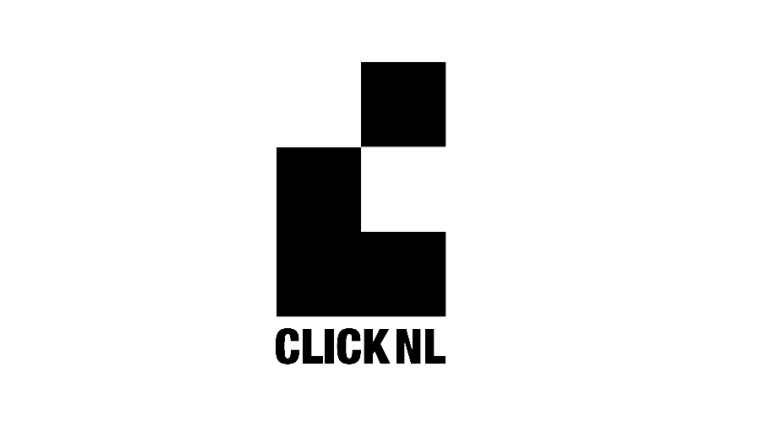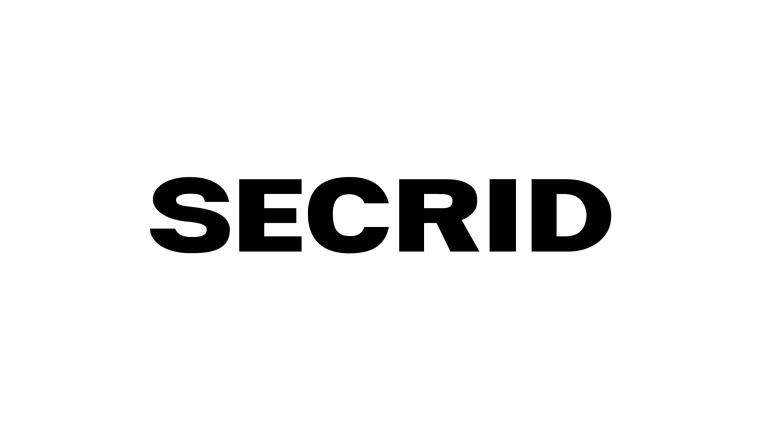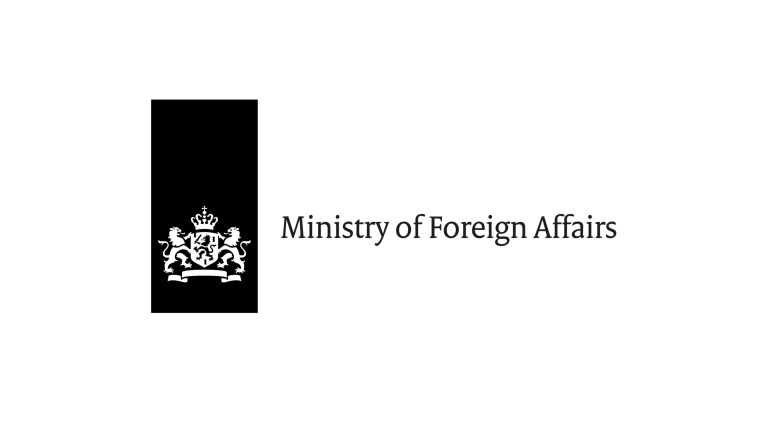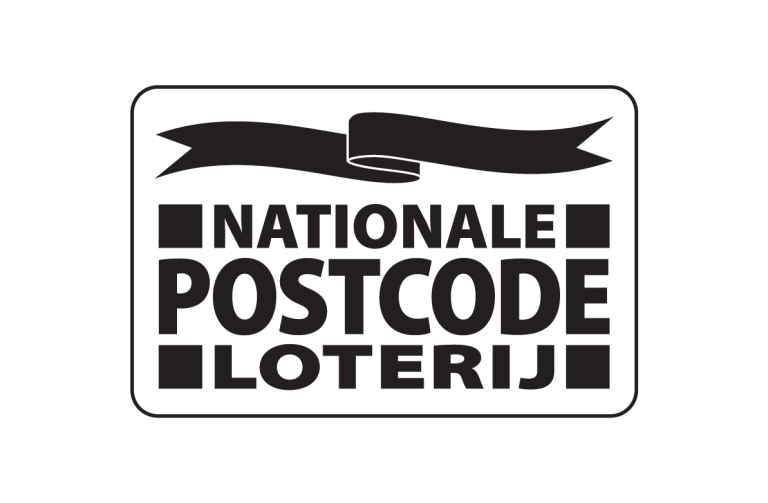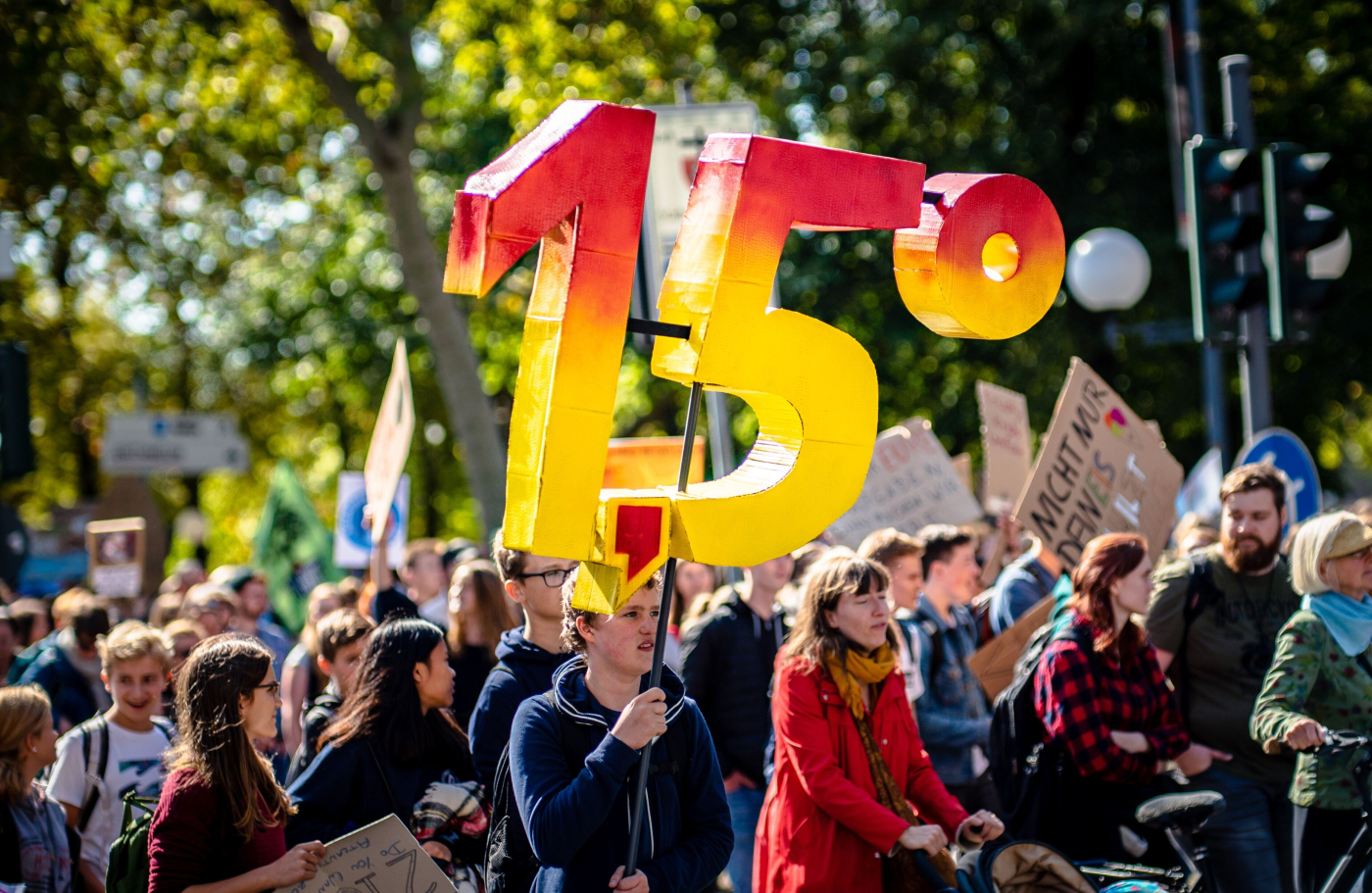
The most important brief of our lives
Today, signs of the climate breakdown are impossible to miss. Tackling this crisis head-on means changing how our economy works (and how it doesn’t). No sector can do this alone — but designers can make an impact by shifting from linear to circular ways of making, using and living. Next to this, the most important role of design is that of radical imagination: seeing what does not yet exist, making ideas real, and forging ahead with optimism. If we can distil this vision into widespread, collective action, we could reduce greenhouse gas emissions and build an entirely different future: one that’s more equitable and hopeful than the past.
The responsibility of design
Everything around us has been designed: the clothes we wear, the buildings we live and work in, even the systems that deliver our food and mobility. Unfortunately, most things have been designed to fit the linear model, where life cycles are short and materials are nearly impossible to recover. And in our quest to make, sell and consume more and more stuff, we produce enormous amounts of greenhouse gases such as carbon, methane and nitrous oxide, which cause global warming.
All of this places an incredible burden on both human and planetary well-being. The good news is that everything that has been designed can be redesigned. By embedding circular and regenerative principles into the creative process, we can prevent waste from the start, and even shift what people see as valuable and desirable. We can also promote climate repair and justice by committing to practices that are intersectional, inclusive and collaborative. If we understand the challenges facing communities around the world, designers can even help them adapt to local climate urgencies and deliver impact where it is needed most.
WANT TO KNOW MORE ABOUT THE CHALLENGE PROCESS?
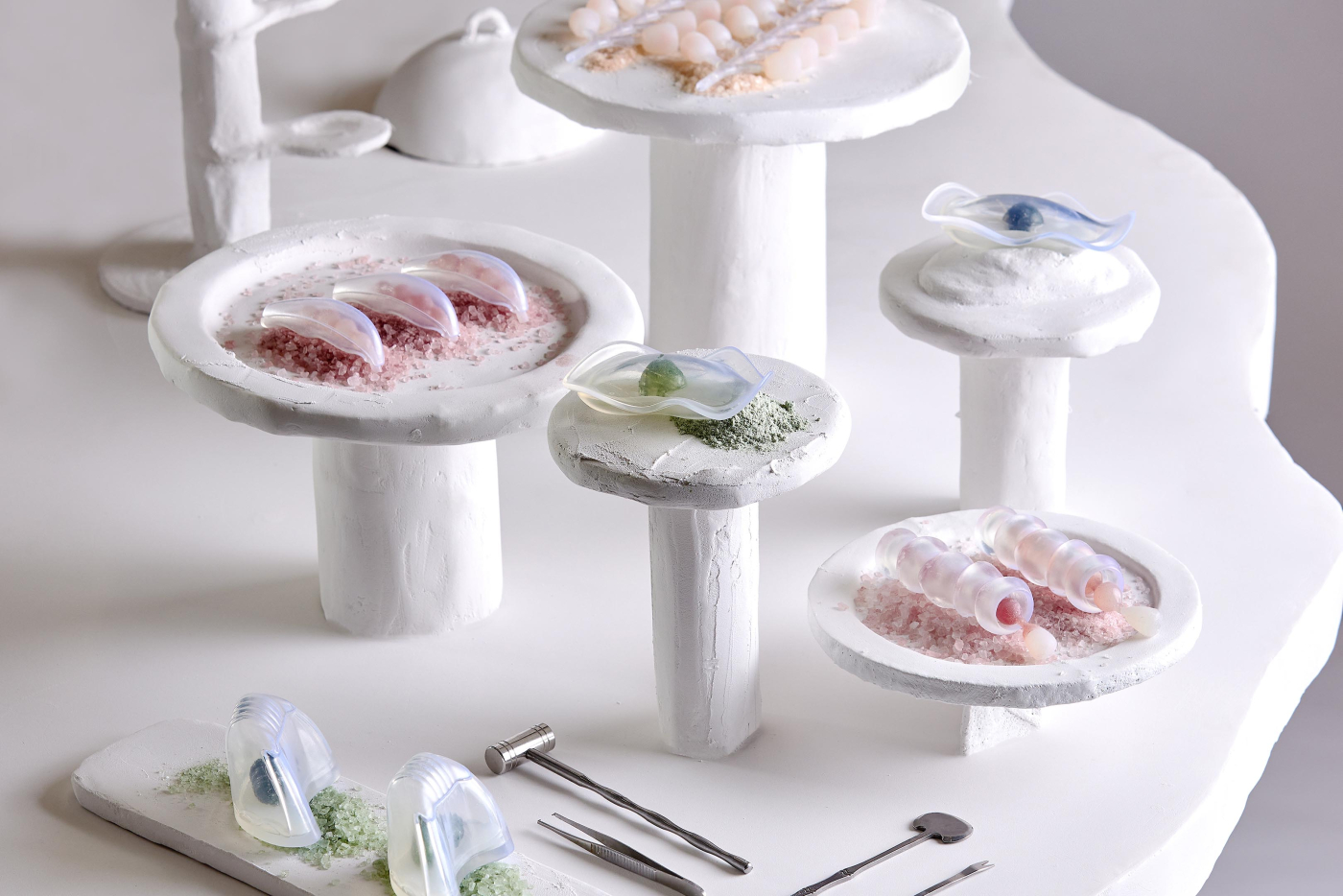
Landless Food is a previous winner exploring the potential of microalgae to regenerate extinct flavours.
Circularity as a starting point
We know that in recent years, circularity has become a bit of an industry buzzword. But under all the hype, it’s still one of the most powerful concepts we have when it comes to building a more sustainable economy. In fact, research suggests that if we made the transition today, we could halve the amount of CO2 emissions in our atmosphere by 2030. It would also allow us to grow prosperity, jobs, and resilience while reducing the natural resources we use by 30%.
Although this makes circularity useful as a framework, we prefer to see it as a starting point rather than as a panacea. Because for any transition to be truly sustainable, it needs to be bolstered by progress in other sectors, for example in conservation, human rights and renewable energy. In this, there’s still a lot we have to learn. What circularity does provide are plenty of exciting opportunities for innovation, and a valuable set of goalposts for creatives and entrepreneurs everywhere.
Circular design is the creative engine of the circular economy. It is a framework for change that is based on three key principles: preventing waste, keeping materials in use and regenerating natural systems.
8 strategies for change
So what does any of this look like in practice? While circularity is often equated with practices like recycling or repairing, there are many other pathways to change in the designer’s toolbox.
With the help of researchers from around the globe, we’ve defined 8 key strategies that designers should consider. Some are more practical and are based on common approaches found in the circular design rhetoric. Others will push you to think about change on a different level: looking at how we might shift entire paradigms, systems and ways of thinking. All are needed in order to make redesign a reality, and to create a balanced vision of the future that also acknowledges the interconnectedness of our existence.
Reconnect
Another powerful way that design can make a difference is by bringing people closer together. This strategy reminds us that climate action is a team sport — and one that requires us to reconnect individuals and communities across social and political divides. This can be done by building better tools for exchange, creating spaces for people to gather, or designing opportunities for healing and learning.
EXPLORE THE GALLERY
MEET SELECTION COMMITTEE
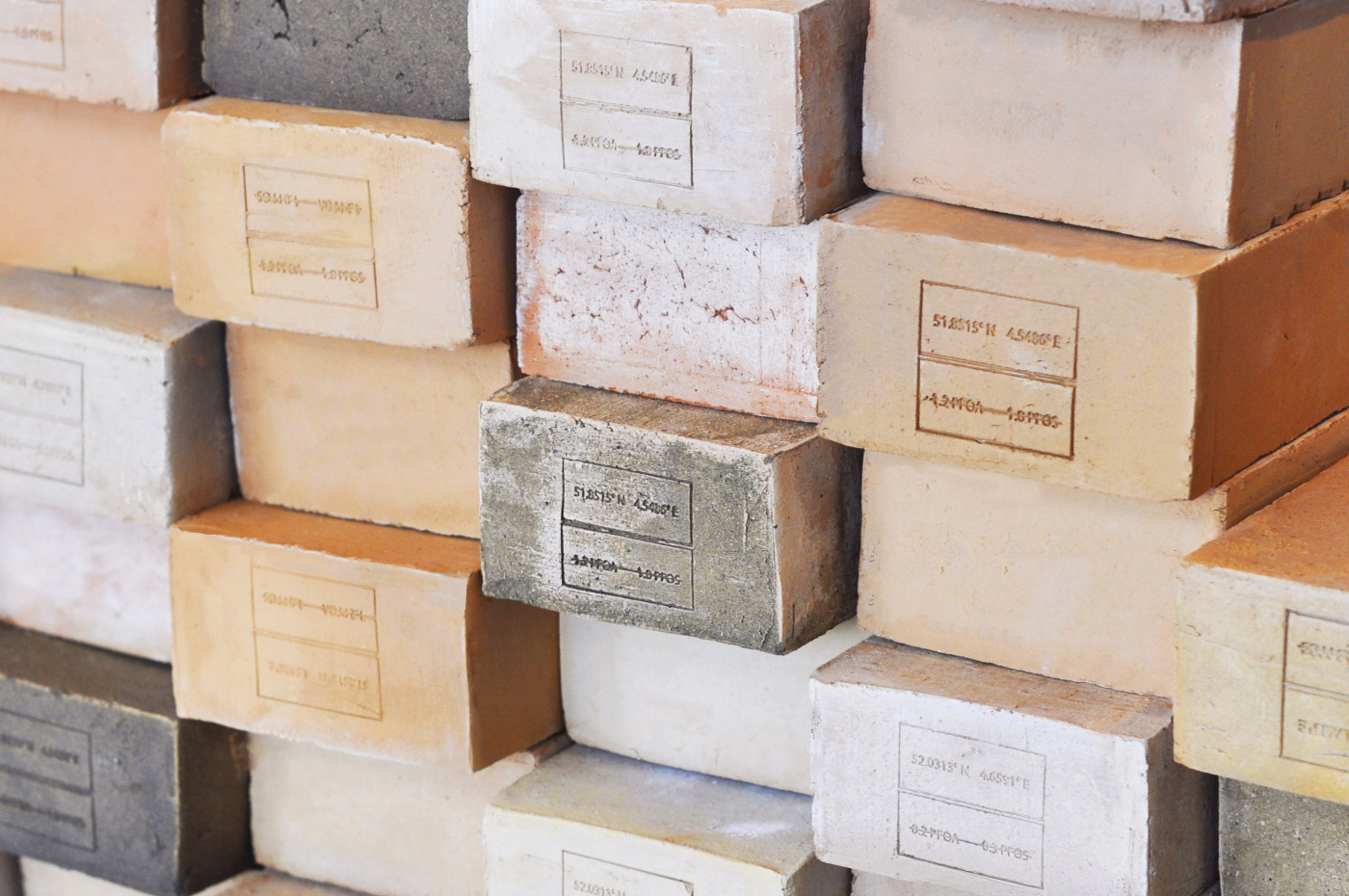
Packing up PFAS is a previous winner that transforms polluted soil into clean bricks.
What to read next
Throughout the duration of this challenge, we’ll be publishing more stories, resources and tools to help designers develop their ideas and impact. You’ll find this content on our blog and social media channels, alongside a series of digital zines exploring themes related to our 8 strategies of change. Each one can be used as a guide to better understand the role of design in circular and climate action, and you can see the latest issue here.
Challenge Timeline
Open Call
17 January – 20 March
Creatives everywhere are invited to submit their ideas through the Redesign Everything Challenge platform.
Nominate
March – April
Our selection committee decides on a shortlist of nominees.
Triumph
April – May
Our international jury decides on at least 10 winners from around the world.
Sprint
July
Winning teams will meet in Amsterdam for a week-long design sprint and pitch their solution at the WDCD Live event.
Accelerate
Sept - Dec
Winning teams enter a dedicated accelerator programme to strengthen and scale their impact.
Our partners

